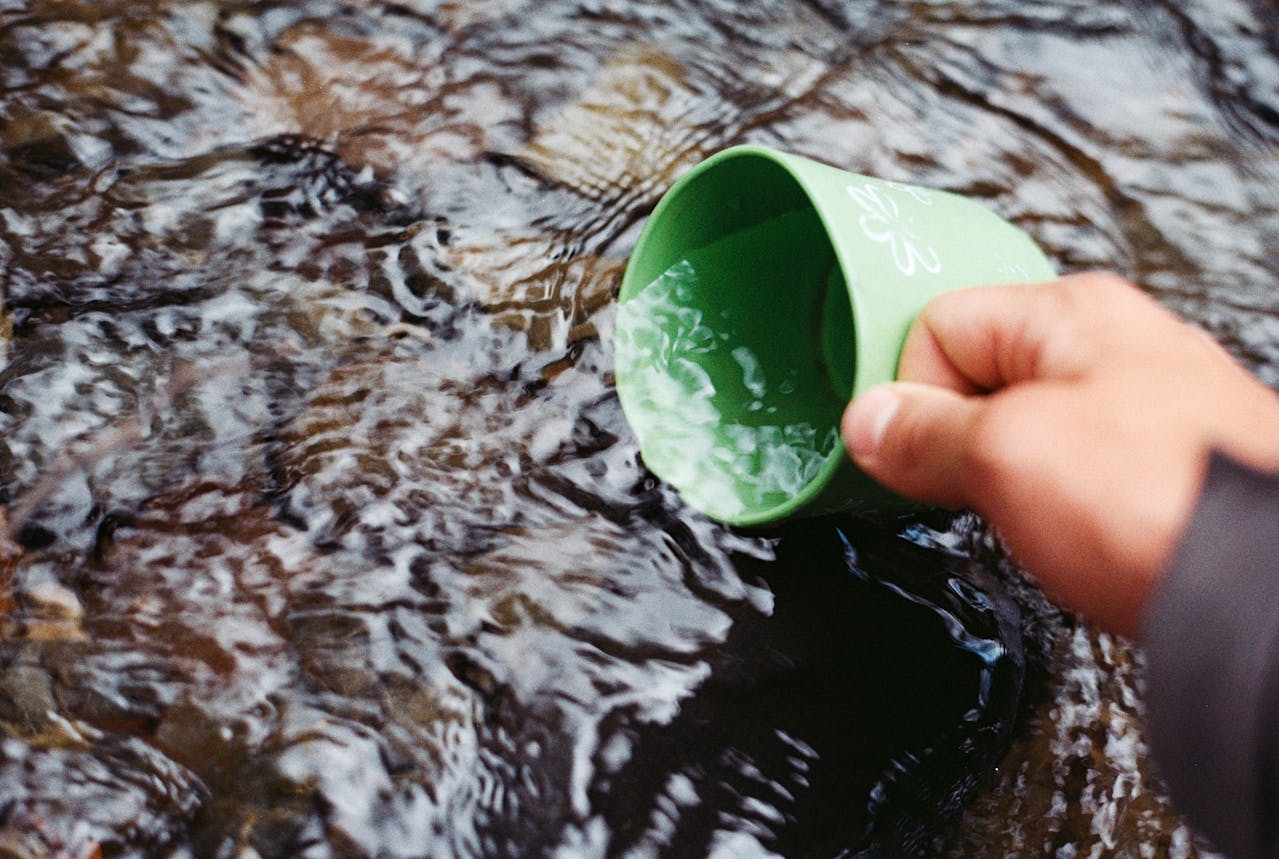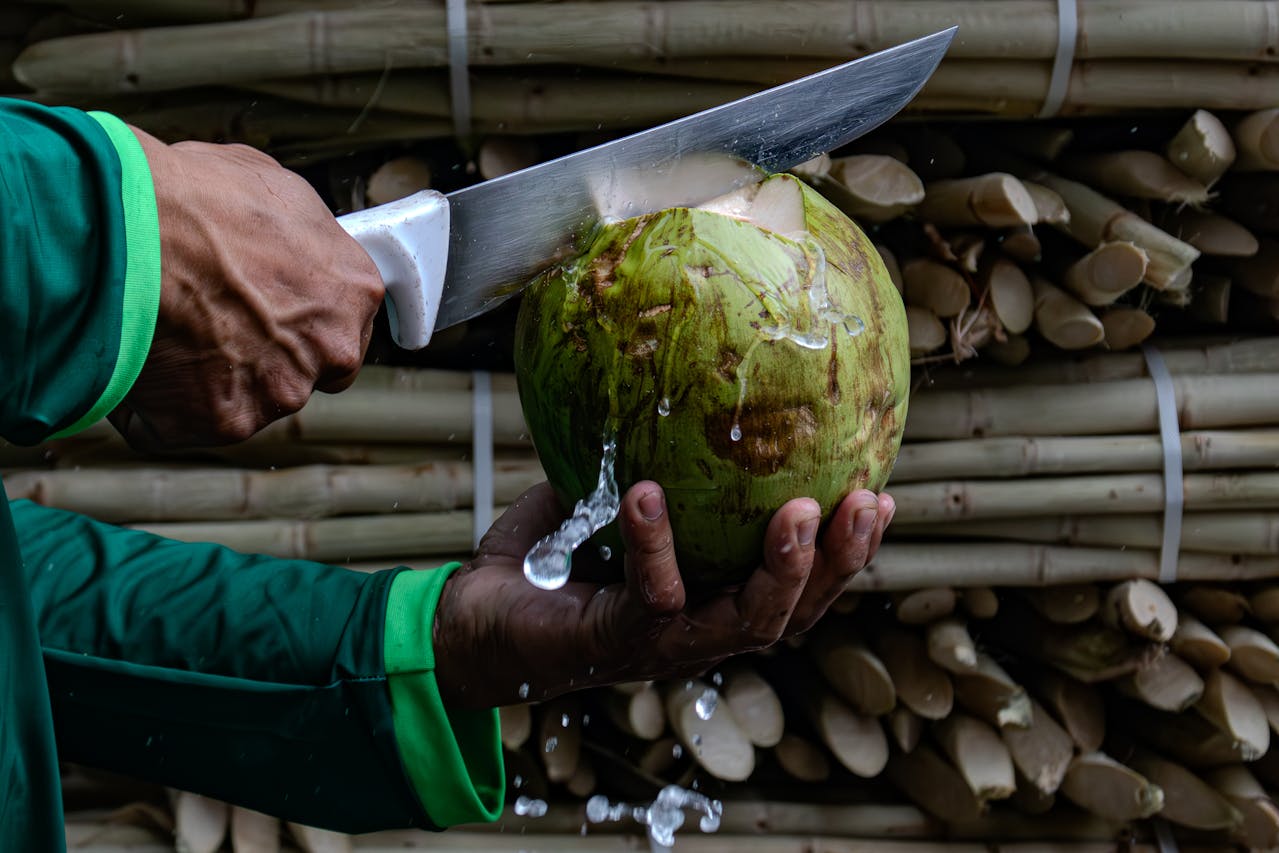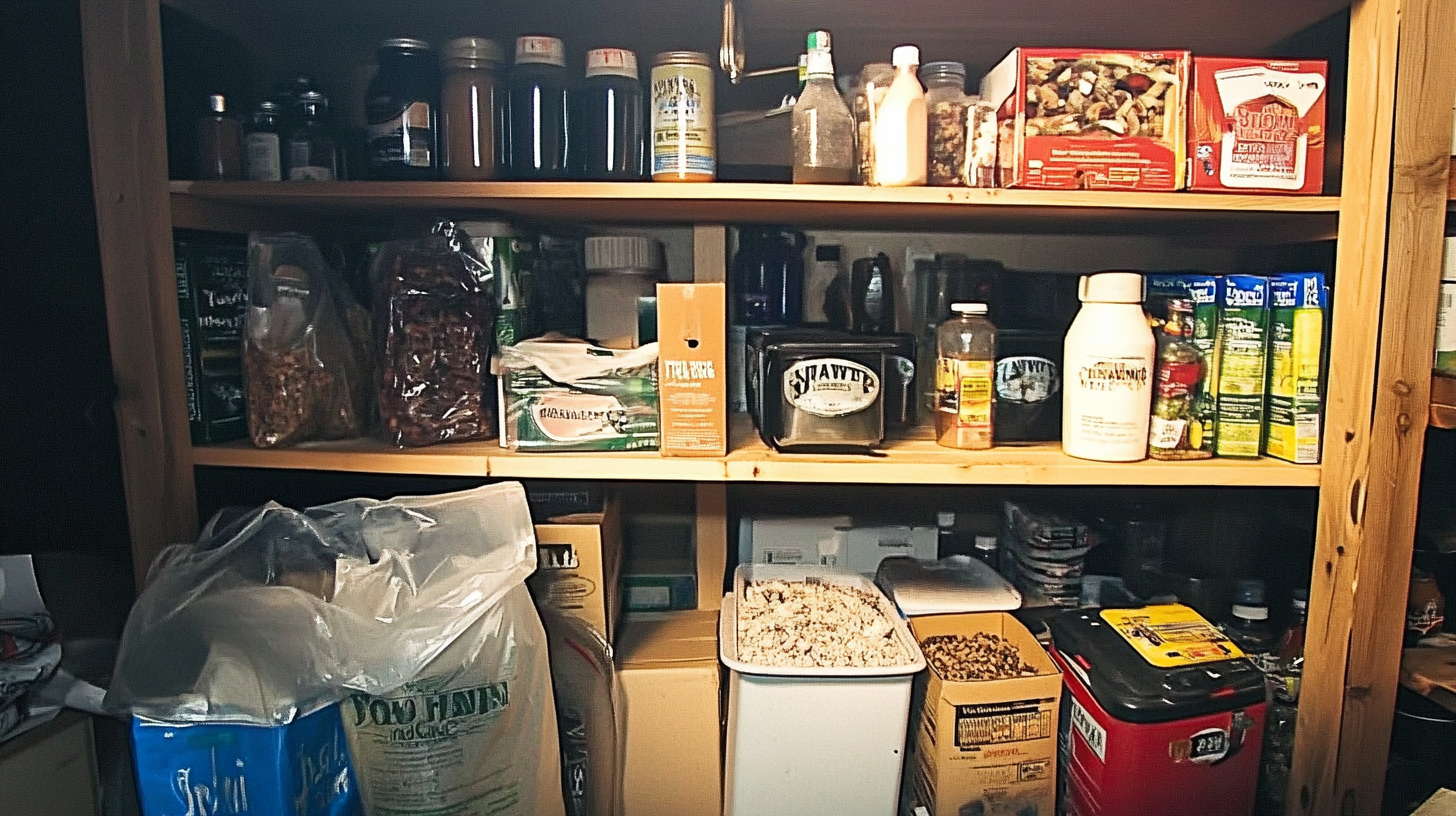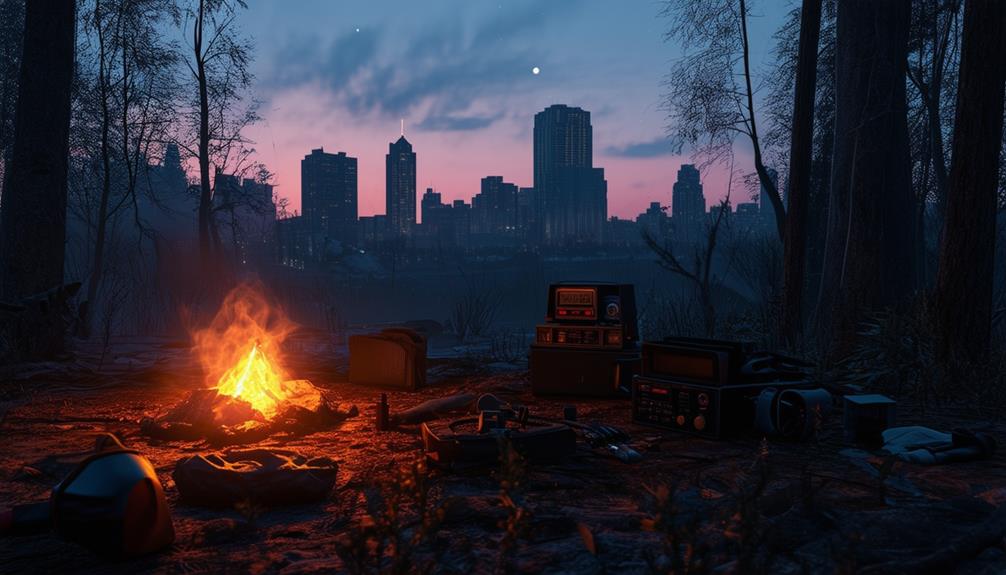7 Survival Myths That Could Hurt You

Throughout our lives, we encounter various myths, some of which are fascinating, while others are downright misleading. Survival myths, in particular, can be dangerous if taken at face value. Despite their appearance of wisdom and truth, many of these myths can actually lead to harm rather than help. With the wealth of information available on the internet, it's easy to believe these myths, but it's crucial to recognize that not all sources are reliable. This article aims to debunk some common survival myths that could put you at risk.
1. Lighting a Fire with Two Sticks
One of the most persistent myths is that you can easily light a fire using two sticks, as our ancestors supposedly did. While it is theoretically possible to create fire this way, it requires significant skill, patience, and the right conditions. Relying on this method in a survival situation is unrealistic for most people.
Instead, when preparing for outdoor adventures such as hiking or backpacking, ensure you carry reliable fire starters like:
- A matchbox
- A lighter
- A spark-rod or ferrocerium rod
These tools will increase your chances of successfully lighting a fire, ensuring warmth and the ability to cook food or boil water. Don't rely on primitive methods; equip yourself with modern tools to avoid unnecessary hardship.
2. Drinking Water Downstream

Water is essential for survival, but drinking from any available source can be risky. The myth that downstream water is safe to drink assumes that the water is free from contaminants, which is rarely the case. Upstream activities can introduce pollutants and pathogens, making the water unsafe.
Always treat or boil water before consumption to avoid illness. Carry portable water purification methods such as:
- Water purification tablets
- Portable water filters
- Boiling equipment
By ensuring your drinking water is safe, you can prevent waterborne diseases and stay healthy in survival situations.
3. Sucking Venom from a Snake Bite
A common myth suggests that sucking venom from a snake bite will remove the poison and save your life. This method is ineffective and potentially harmful. Attempting to suck out venom can damage tissues and introduce bacteria into the wound.
If bitten by a snake, follow these steps:
- Stay Calm: Panicking can increase your heart rate, spreading venom more quickly.
- Immobilize the Affected Limb: Keep the bite area below heart level to slow venom spread.
- Clean the Wound: Wash the bite site with soap and water.
- Seek Medical Help: Immediately get to the nearest medical facility for antivenom and professional treatment.
Avoid traditional remedies and prioritize getting professional medical attention.
4. Playing Dead or Running from a Bear
The myth that you should either play dead or run when encountering a bear is widespread but flawed. Running from a bear is futile as bears can easily outrun humans. Playing dead is only recommended in specific bear encounters, such as with grizzly bears.
Instead, follow these guidelines when encountering a bear:
- Remain Calm: Avoid sudden movements.
- Back Away Slowly: Maintain eye contact and speak softly.
- Use Bear Spray: If the bear approaches, use bear spray if available.
- Don't Climb Trees: Bears are excellent climbers and this tactic won't keep you safe.
Understanding bear behavior and knowing how to react appropriately can significantly increase your safety in bear country.
5. Searching for Food First When Lost

When lost in the wilderness, the instinct might be to search for food immediately. However, this survival myth can be dangerous. Humans can survive for several weeks without food, but only a few days without water. Prioritizing food over water and shelter can lead to dehydration and exposure.
Focus on these survival priorities:
- Find Shelter: Protect yourself from the elements first.
- Locate Water: Identify a safe water source and purify it.
- Signal for Help: Use mirrors, whistles, or fires to attract rescuers.
- Look for Food: Only after securing shelter and water should you forage for food.
Survival is about strategic prioritization, so manage your resources and efforts wisely.
6. Rubbing Two Ice Cubes to Start a Fire
Another misleading myth is that rubbing two ice cubes together can start a fire. This idea defies the basic principles of physics, as ice cubes cannot generate the friction necessary to ignite a fire. In a survival situation, wasting time on this technique can be dangerous.
Instead, focus on using proper fire-starting tools and techniques to ensure you have the necessary resources to build a fire. Always have backup options like waterproof matches or fire-starting kits in your survival gear.
7. Finding Moss on Trees to Determine Direction
Many believe that moss grows predominantly on the north side of trees, offering a natural compass. While moss does tend to grow on the shadier, damp side of trees, this isn't a reliable navigation method as moss can grow on any side depending on the local environment.
To navigate safely:
- Use a Compass: Carry a reliable compass and know how to use it.
- Map Your Route: Have a map and familiarize yourself with landmarks.
- Learn Celestial Navigation: Use the sun and stars for orientation if necessary.
Navigation requires accuracy, so rely on tools and proven methods rather than folklore.
Conclusion
While myths can be intriguing, they often lack the practicality needed in real-life survival scenarios. Understanding and debunking these myths can prevent potential harm and improve your survival skills. Always rely on credible sources for survival advice and equip yourself with the necessary tools and knowledge to face challenging situations. Stay informed, stay prepared, and share this knowledge with others to help dispel harmful myths. Thank you for reading, and please share this article with friends and family.




